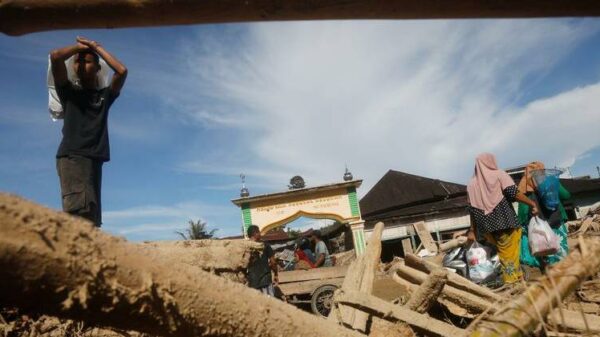BREAKING: Australian architects are rapidly embracing **multigenerational living** in response to soaring living costs, a trend long established in many cultural communities. This shift marks a significant change in how families view cohabitation, with growing recognition of its benefits.
Residents across Australia, including communities of **Italians, Indians**, and **Ghanaians**, have historically practiced multigenerational living, making it a fundamental aspect of life rather than a fleeting trend. As of **2025**, this cultural norm is gaining new attention, with families now openly celebrating their arrangements rather than hiding them.
Jamel, a resident who has lived with her parents for over **20 years**, reflects on the changing perception. “I used to phrase it delicately, ‘My parents are staying with us for a bit…’ but now, I own it,” she states. Families like hers are discovering the profound benefits of shared living arrangements, where responsibilities are shared, and emotional support is readily available.
The **stigma** surrounding multigenerational living has begun to fade, as more Australians recognize that living together is not a sign of failure but a cultural **goldmine**. Families are discovering the value of open discussions about finances, health, and aging, fostering a **safety net** that many find crucial for mental well-being.
However, the transition is not without challenges. Clashing personalities and differing opinions can lead to tension, yet families are finding ways to navigate these issues with respect and understanding. As the demand for affordable housing rises, experts urge architects to rethink home designs to accommodate multigenerational living.
Jamel emphasizes the need for homes that reflect the realities of today’s families. “Master bedrooms shouldn’t be airport hangars without a downstairs bathroom for aging knees,” she asserts. Town planners are being called upon to consider the impact of multiple vehicles in households, as families increasingly juggle numerous cars and drivers.
In a direct call to action, the community is encouraged to embrace the concept of multigenerational living. “It’s time to normalize it,” says Dya, Jamel’s mother. “This is not just about economics; it’s about building a sense of belonging and purpose.”
Engagement with neighbors is essential, too. Jamel suggests that sharing joyous family gatherings can foster understanding and relationships. “When you hear laughter next door, don’t hesitate to knock. Ask about the food. You might just be invited in!”
As the trend gains momentum, it invites a reevaluation of what family means in modern society. Multigenerational living is not just a response to economic pressures; it is a **cultural philosophy** that prioritizes connection and interdependence.
With more Australians recognizing the value of living together, the call is clear: let’s design homes that accommodate all generations and foster shared values. The **real house of the future** is already here—it’s vibrant, busy, and full of life.
This urgent shift towards multigenerational living is reshaping the Australian landscape, encouraging families to embrace togetherness and redefine success as a collective experience. As this trend develops, expect to see more architectural innovations tailored for families who choose to live together, celebrating the richness that multigenerational homes bring to everyday life.































































